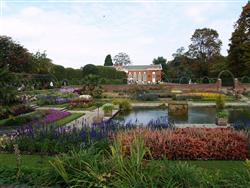
Discover what it takes to Recreate Old Gardens
Garden restoration involves trying to return a garden to a similar state to how it was originally conceived. For some gardens old records may be relatively easy to find. For instance, if the design was created by a designer of merit the materials may be archived in a private collection or library.
Garden restoration for professionals
Learn to survey, analyse and plan sensitive and appropriate renovation of established gardens. This module:
-
Assumes students possess a basic knowledge of landscaping and horticulture.
-
Is a valuable study program for those who work in landscaping but seek a deeper and broader knowledge of garden renovation.
-
Has been developed by professionals in both Australia and the UK with the aim of being relevant throughout the world.